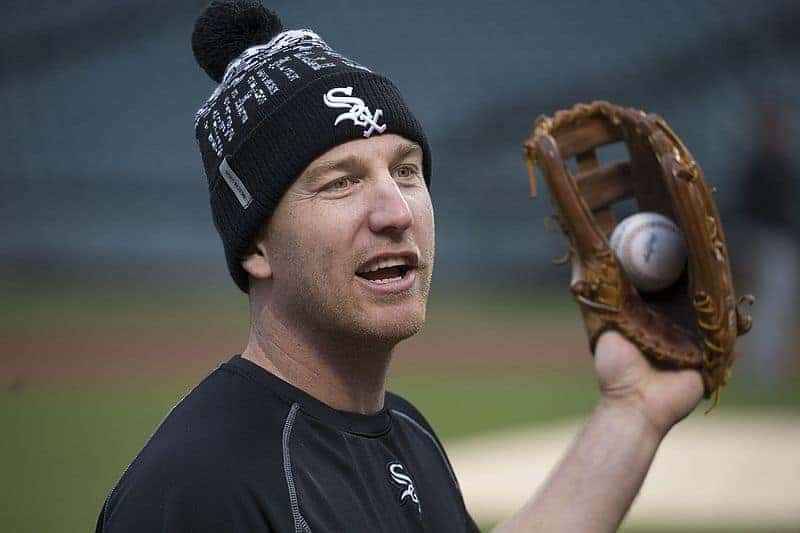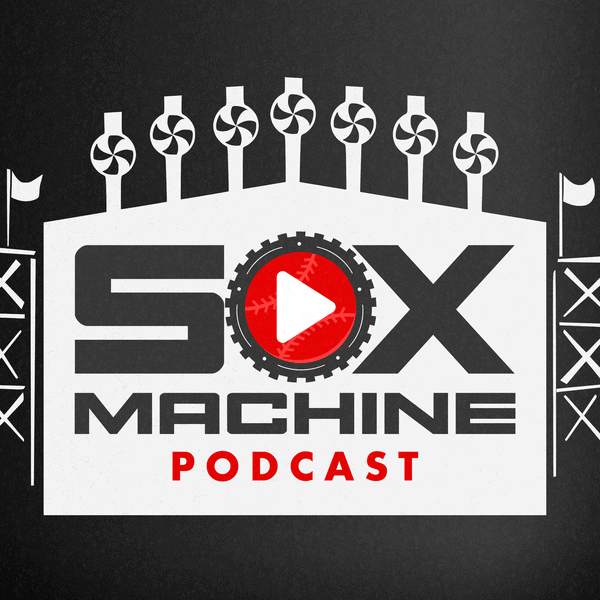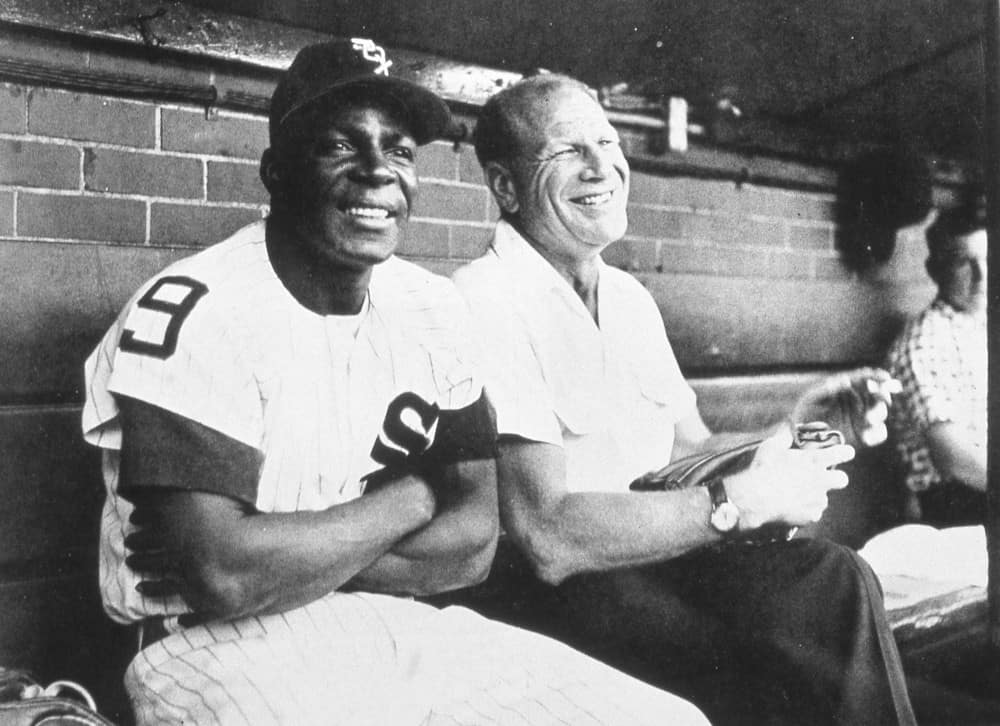Todd Frazier and Adam Eaton seemed to agree to a cease fire before Wednesday's game at Citi Field. They conducted a lengthy interaction on the field, and if you think eye contact is gilding the lily, then they handled it like the men with no mortgages they are.
But the prolonged squabble has a lot of America interested in what happened to the White Sox that year, so a few members of the media have taken it upon themselves to rehash the various feuds.
I linked to Dan Bernstein's detailed account of the Frazier-Eaton fight on Wednesday, and over in Florida, Avisail Garcia provided a reenactment of it:
The story Tolentino asked Garcia about was this overview by Dan Hayes, who is now covering the Twins for The Athletic. It really is remarkable just how rapidly, absurdly and violently that team failed, and how nobody got fired except for Robin Ventura, who was forced to fire himself.
But the Sox only made one trade at that deadline, leaving a surly bunch mostly intact. Eaton and Frazier finally had enough of each other, coming to blows in early August. That Eaton’s “grinder” mentality clashed with Frazier’s loud Jersey attitude in the middle of a team-wide meltdown wasn’t a surprise. Eaton, a fine baseball player, sometimes had that effect on people. Multiple sources said he was involved in several altercations with teammates during the 2016 season.
When reporters asked Eaton why he’d decided to switch clubhouse stalls so late in the season, the center fielder said it was because a vent was aimed at his locker. Whether it was cold air or hot air, everyone had enough of that team.
The White Sox themselves resurfaced memories of 2016 with their play on Wednesday night, but good ones. The Sox turned their first triple play since they turned three in 2016 (Manny Machado interfered with Brett Lawrie on a potential fourth and wasn't called on it). Combine that with three twin killings, and the Sox turned the most double/triple plays since they notched five against the Mets on June 1, 2016. That was more famously known as the Matt Albers Game.
See? It wasn't all bad. It was just mostly bad. And some of the bad was Chernobyl, which is also experiencing a renaissance right now.
Spare Parts
Daryl Van Schouwen talked to Rick Hahn, who is adamant about not testing Dylan Cease before he's more accomplished at Triple-A (which is reasonable), and also adamant about not improving the team modestly with a Dallas Keuchel-type signing (which is the kind of anti-competitive mindset that's hurting a lot of teams at the gate).
James Fegan went to find out how everybody started calling Leury Garcia "Leroy," and ended up getting other interesting stories, as well as rave reviews you might not expect.
With his generous listing at 5-foot-8, the extra-large tablet and accompanying speaker headphones García has stashed in his locker take on a comical look, absorbing his head and blocking his face when he plops into his chair. This is also part of his process. Given all his fielding work, García’s time is precious, and he steals as many moments to look at upcoming pitchers on his tablet as he can, often in his bedroom the night before a game.
“He gets ready on time, he plans, even Trick (Steverson) will say the guy who understands the most pitchers is García,” Boston said. “He’ll ask questions about a pitcher and Leroy will have already started just from watching YouTube.”
The question is whether YouTube is a synonym for any form of digital video, or whether that's the leading video source for White Sox hitters.
The Orioles are now up to 105 homers allowed through 49 games after giving up five to the Yankees on Wednesday. Gleyber Torres hit two of them, meaning 10 of his 12 homers this year have come against Baltimore. The Orioles will get the pleasure of drafting Adley Rutschman for their struggles, but Gary Thorne's groan of despair makes it easy to wonder whether he'll be worth it.
Carter Stewart, whom the Braves drafted with the No. 8 pick but didn't sign, put himself in position to re-enter the draft this year. Instead, he signed a six-year deal for $7 million with the Fukuoka SoftBank Hawks. It's a fascinating ploy by the Scott Boras client:
The contract includes escalators that could take it beyond the $7 million-plus guaranteed. Had he opted to stay in the United States, Stewart likely would have received a bonus of less than $2 million and made even less over the next six years, barring a rapid ascent to the major leagues.
The secondary benefit for Stewart could be even more lucrative: International free agents 25 or older can sign with any major league team without restrictions, so long as their Japanese team enters them into the posting system. Were Stewart to play in Japan for the next six years, sources told ESPN, he would be considered, under the present rules, an international free agent eligible for posting.
Ken Rosenthal digs into the Astros' approach to pitching, and how various pitchers at different points in their careers have found a new level with Houston. In short, it comes down to playing up strengths, some of which is revealed by advanced analytics, and some of which is learned from experience.
If you're wondering how the White Sox compare, Fegan talked about it in his chat:
There's not one person who is instructing pitchers wrong, but the White Sox general reputation from the outside is being behind the curve in player development. A more charitable way to describe that would be to call them old school, but it could be contributing to injury prevention issues. That said, the general view from the outside is also that they're moving in the right direction.






